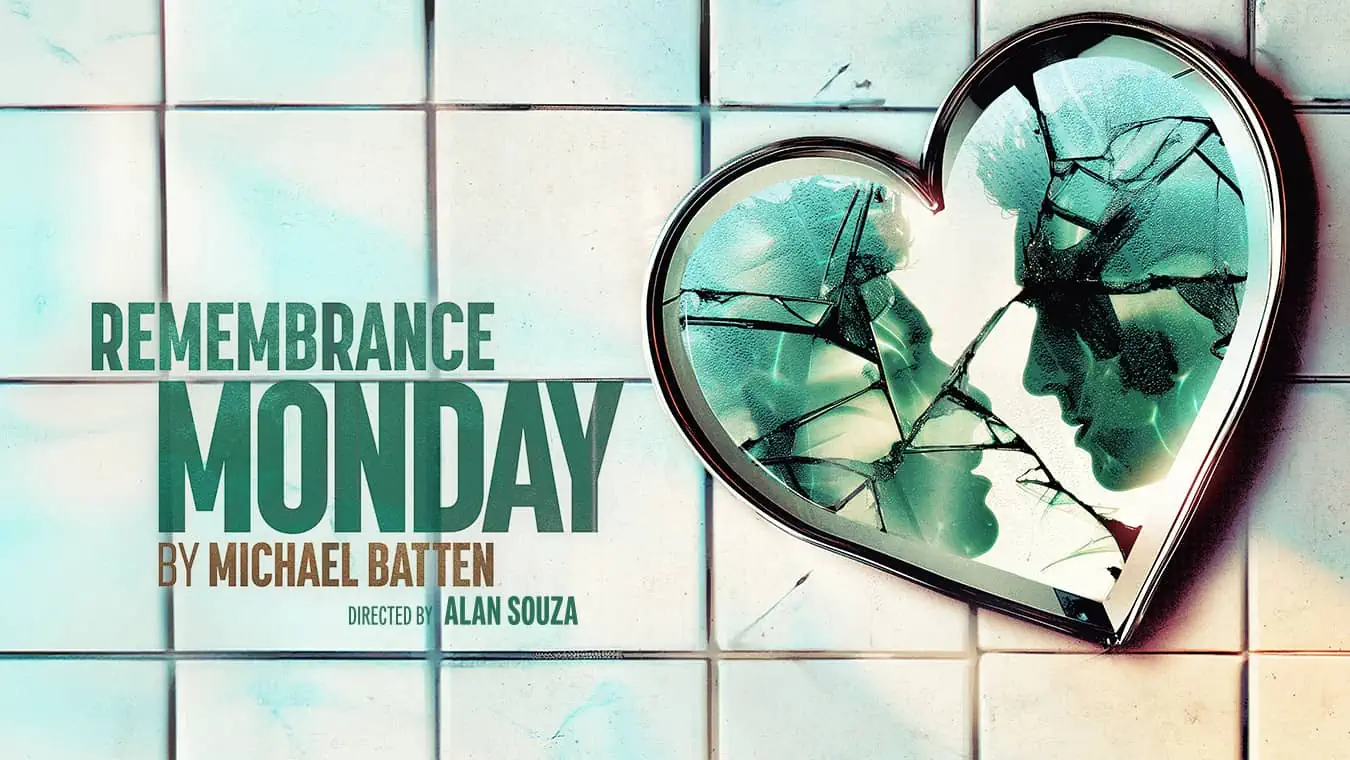We meet the director behind the dreamy new piece of queer cinema
It’s the film that has been on the lips of LGBT movie-goers for the past few months. Calling on queer British artists as his muses, Steve McLean is back from a 24 year hiatus with Postcards from London, his love letter to Soho. Following wide-eyed, penniless Jim as he gets caught up with The Raconteurs, a unique troupe of high-class male escorts that specialise in cultural, post-coital conversation, his beauty and magnetism taking Soho by storm.
We caught up with director Steve McLean to chat influences and heading out in Soho back in the day.
You called the film Postcards from London – how does it follow on from Postcards from America which you made in 1994?
There is a part in the middle of Postcards from America which is very stylised and you could say that Postcards from London is a follow-on from that section. At the same time, I wanted to make something more optimistic. I wanted to do something about a young gay man that wasn’t about coming out or relationships but the experience of moving to a big city. I made Postcards from America at the height of the AIDS crisis in America when I was living in America, and it reflects that time. This is more optimistic in tone.
You don’t seem to have made another film in the intervening years. What have you been up to?
I got out of the business, moved back to London from New York. After three years of development and nothing happening I just thought: maybe it’s not going to happen. I always had friends who worked in hospitality and I went to run a couple of restaurants and I really enjoyed it, and did that for 15 years. Then I found myself tracked down by the BFI who were wondering where I was!
What made you want to give Soho a starring role?
I remember being blown away by it. There are parts of London that still resonate for me. I was born in Twickenham and remember the first time I came into town and going to Asylum as it was called then – and meeting Derek Jarman and Isaac Julian and Jimmy Somerville within a few months. It was the miner’s strike, pits and perverts. It was about discovering there are people on your wavelength. There were different scenes. But when I was in my 20’s there were four or five dive bars in Soho where you would go down to a basement, where it was gangsters, would-be gangsters, drag-queens, gay men, gay women, a bit like Love is the Devil.
Caravaggio is a big presence in the film. Did you worry about stepping on Derek Jarman’s toes?
I didn’t know Derek that well – though he was very supportive of my first film before he died. His Caravaggio is a bit austere and I wanted to take it a step farther. I wanted to do something a bit more comic and visually complicated.
Do you keep up with the Caravaggio industry and all the latest theories about him?
Not really. Our Caravaggio is this very moody, slightly depressed man. It’s more about what he represents.
The story is party about the Stendhal Syndrome in which an individual is supposed to fall into a trance or syncope when faced with great works of art. What made you light on that as a component of the narrative?
A friend of mine read the first draft – we’re talking 5 years ago- and there was no mention of that. And he then suggested Stendhal Syndrome and explained it. I thought it would be interesting to have someone who is magnetically beautiful to be himself unable to cope with a certain kind of beauty. I thought that twist would be quite interesting.
Is this film in any way autobiographical? Did you hang out with hustlers in Soho?
(laughs) Yeah. Don’t they say everything is autobiographical? I come from the suburbs really. It’s hard for people who are young now to appreciate that before Google and Facebook that there was a place you went to, to find your own kind.
Francis Bacon does seem to be a governing spirit for the film…
I do have a slight obsession with Bacon. He was referenced more in earlier drafts but it made too much about a specific time, so I went with Caravaggio instead. I could have more fun with him.
I noticed a picture of the French poet Rimbaud pinned on the set, on Jim’s bedroom wall…
I just wanted to reference him. Bowie. Velvet Underground. Iggy Pop. We see Jim tearing something from a book and he’s making a collage, which is his way of learning about these people, people who had gone before.
Harris Dickson seems incredibly focused…
Harris just got the script immediately, and brought such enthusiasm and focus to the project. He inspired me, his delivery is so good, and he was a joy to work with.
The hustlers too must have taken some precision to cast?
I did want The Raconteurs to be foreign in the sense of really from where they were. I didn’t want that to be fake or contrived. I always imagined Max the artist being the Lucien Freud look. Topless with paint all over him. I imagined him tall and white-haired.
Visually, the film is very striking. What aesthetic discussions did you have prior to filming?
It was important to me that we didn’t attempt to create, or re-create a “real” place. It’s a Soho of the imagination. A Soho of memory. Narrow alleyways, lots of neon, cheap hotel rooms, a dive bar, all shot on a stage. I was really lucky to find collaborators who were excited by the vision and they embraced it, and inspired me to take it further. In terms of references, we talked about Caravaggio’s paintings, about the cinema of Wong Car Wai – Happy Together, In The Mood For Love, and Jarman of course.
Postcards From London is available from the 10th of December, and is currently available to pre-order on Amazon. To find out more head over to PostcardsFromLondon.com.














